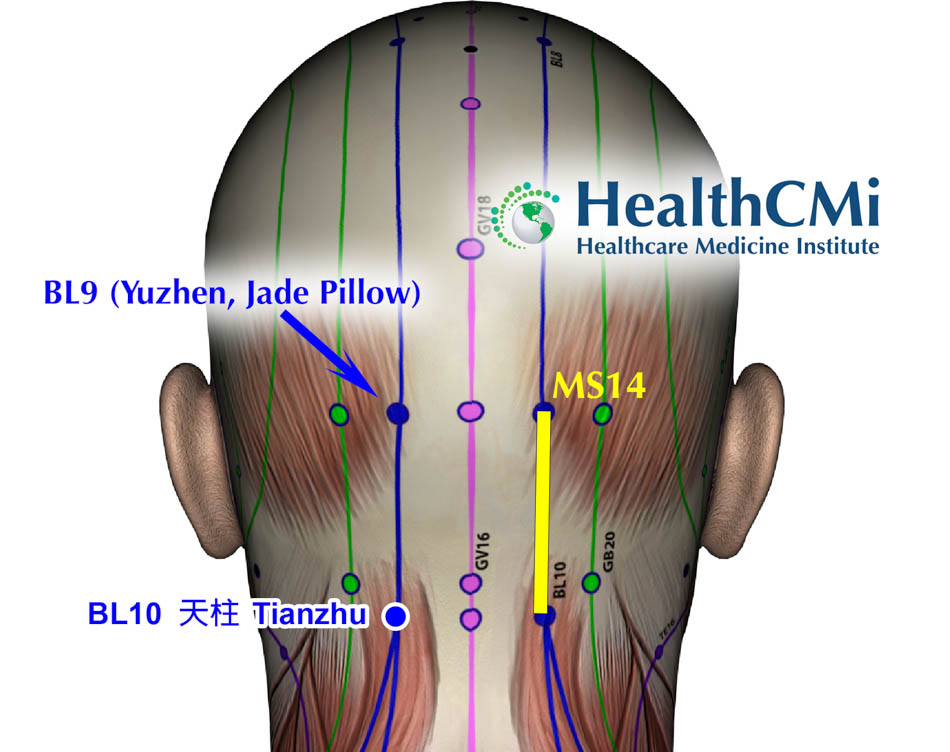
In a detailed case report, acupuncture treatment for a 37-year-old woman with idiopathic cervical dystonia led to complete resolution of a rightward head and neck tilt of approximately 90 degrees. The report documents two distinct courses of acupuncture treatment, after which the patient’s head position returned to neutral, muscle spasticity in the left sternocleidomastoid muscle visibly decreased, and symptoms of anxiety and depression were alleviated [1].
The patient initially presented with persistent abnormal posture of the head and neck, described as an approximate 90 degree rightward tilt, accompanied by head tremors and significant emotional distress, including suicidal ideation. She had been receiving 2 mg daily of benzhexol hydrochloride as pharmacologic treatment but had no history of acupuncture intervention [1].
The acupuncture intervention consisted of two treatment courses, each targeting different clinical objectives. The first course focused primarily on regulating the patient’s emotional state. Specific point names were not listed in the report, but they were aimed at soothing the mind according to traditional Chinese medicine (TCM) principles. The second course targeted muscular dysfunction by incorporating additional local points intended to relieve spasms in the hypertonic neck muscles [1].
Treatment was applied bilaterally to the sternocleidomastoid (SCM) muscle. On the affected (left) side, heavy stimulation was performed. This involved needle insertion into both the sternal and clavicular heads of the SCM, using manipulation techniques consistent with strong manual stimulation protocols. On the unaffected (right) side, lighter stimulation was used to balance muscle tone[1].
The acupuncture protocol in this case utilized the following points: GV14 (Dazhui), GV15 (Yamen), GV20 (Baihui), GV18 (Qiangjian), BL10 (Tianzhu), GB20 (Fengchi), GV8 (Jinsuo), and MS14 (lower-lateral line of the occiput). The scalp acupuncture line MS14 (Zhen Xia Pang Xian) starts at BL9 (Yuzhen, Jade Pillow) and extends 2 cun toward BL10 (Tianzhu, Celestial Pillar). Following the initial course of treatment, additional cervical acupoints were introduced. These included needling at the origin, midpoint, and insertion of the bilateral sternocleidomastoid muscles.
Sterile, single-use disposable needles measuring 0.35 mm × 40 mm were employed for all insertions. Patients were treated in a seated position. GV14, GV15, and GB20 were inserted perpendicularly to a depth of 25–30 mm. Points BL10, GV20, and GV18 were needled obliquely to a depth of 15–20 mm. MS14 was also needled obliquely at an angle of approximately 30 degrees; after insertion through the galea aponeurotica, the needle body was laid flat along the scalp, and stimulation was performed at a rate of approximately 200 manipulations per minute. GV8 was needled to a depth of 10–15 mm, with the needle angled toward BL18 (Ganshu).
For the sternocleidomastoid points, deep perpendicular insertion (25–30 mm) was used on both sides. On the affected side, strong manual stimulation was applied, while the unaffected side received lighter stimulation to modulate muscular tone. Each acupuncture session lasted 30 minutes and was conducted three times per week. A complete treatment course consisted of 10 sessions.
The rationale for the needling strategy followed classical TCM theories of “balancing yin and yang” and “dredging the meridians.” Heavy stimulation was used to inhibit overactive muscles, while gentle stimulation was intended to excite or normalize underactive musculature. Needle retention times and session frequency were not provided, but the treatment involved two separate multi-session courses over several weeks [1].
Following completion of both acupuncture courses, the patient experienced normalization of head posture, with the neck returning to a neutral position. The left sternocleidomastoid muscle, previously hypertrophic and hypertonic, showed marked reduction in tone. Additionally, the patient’s anxiety and depression improved substantially, with the report noting a positive change in her emotional outlook and relief from suicidal ideation [1].
While no objective quantitative outcomes such as electromyography (EMG), serum cytokine measurements, or neuroimaging scans were conducted, the case documents observable clinical outcomes: normalization of postural deviation, reduced muscle tone, and emotional stabilization. The authors note that strength, coordination, and both superficial and deep sensations were normal throughout treatment, and no adverse reactions were reported [1].
The authors emphasize that this acupuncture approach was based on individualized syndrome differentiation, a core tenet of TCM. The dual emphasis on musculoskeletal correction and emotional regulation reflects an integrated treatment approach. However, they also acknowledge that this is a single uncontrolled case report and that larger prospective trials with standardized outcome measures are necessary to validate the observed therapeutic effects [1].
In summary, this case demonstrates that acupuncture, when applied using TCM principles of differentiated stimulation based on the affected musculature and emotional state, may offer effective relief from cervical dystonia symptoms. The treatment successfully corrected a severe rightward head tilt, resolved associated tremors, and improved psychiatric comorbidities in the absence of any procedural complications. The findings suggest a potentially valuable role for acupuncture in managing focal dystonias, though further study is required [1].
Source:
1. “Acupuncture for Cervical Dystonia Associated with Anxiety and Depression: A Case Report,” World Journal of Clinical Cases, published January 6, 2024. PMCID: PMC10824184; PMID: 38292632.